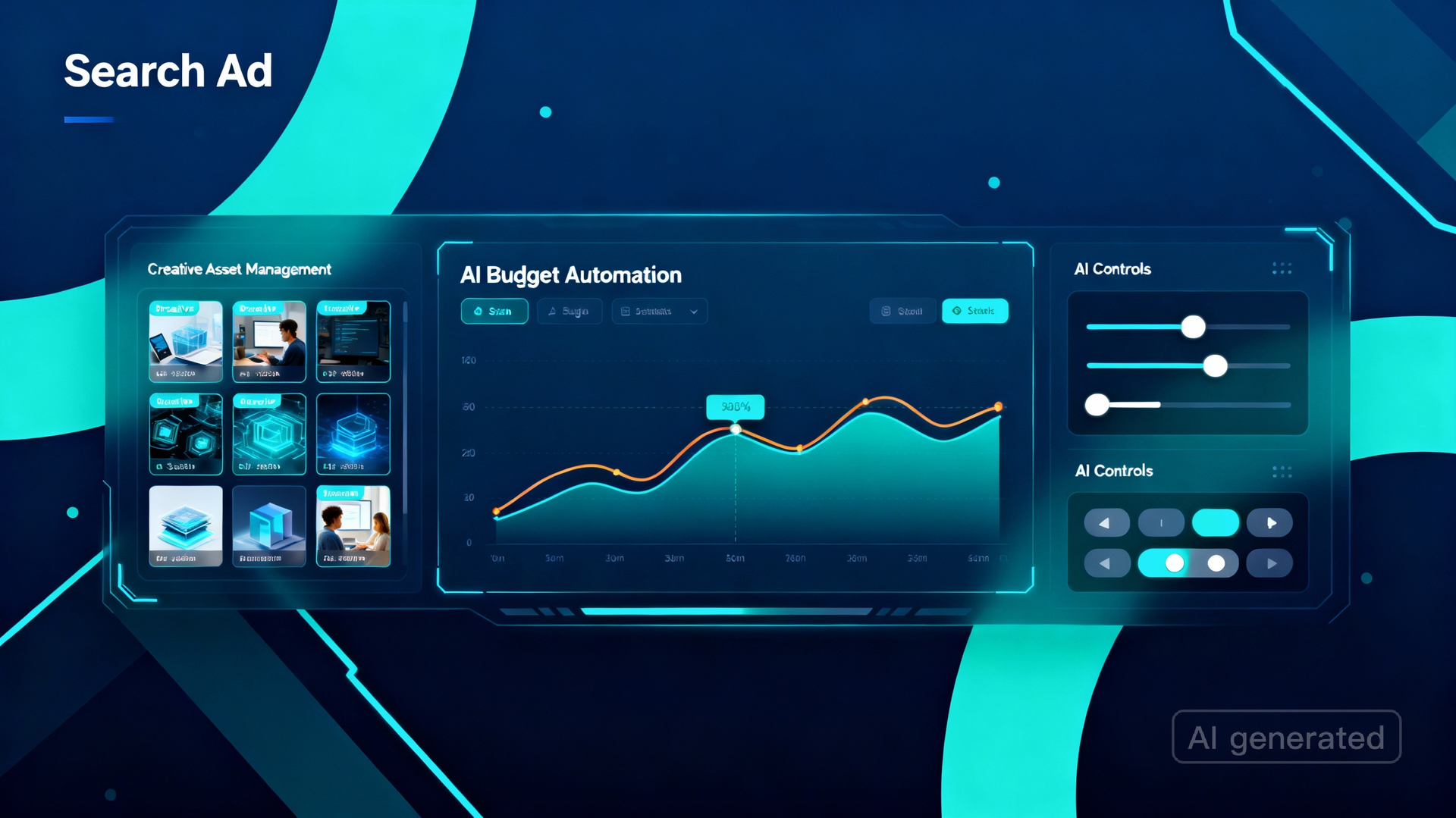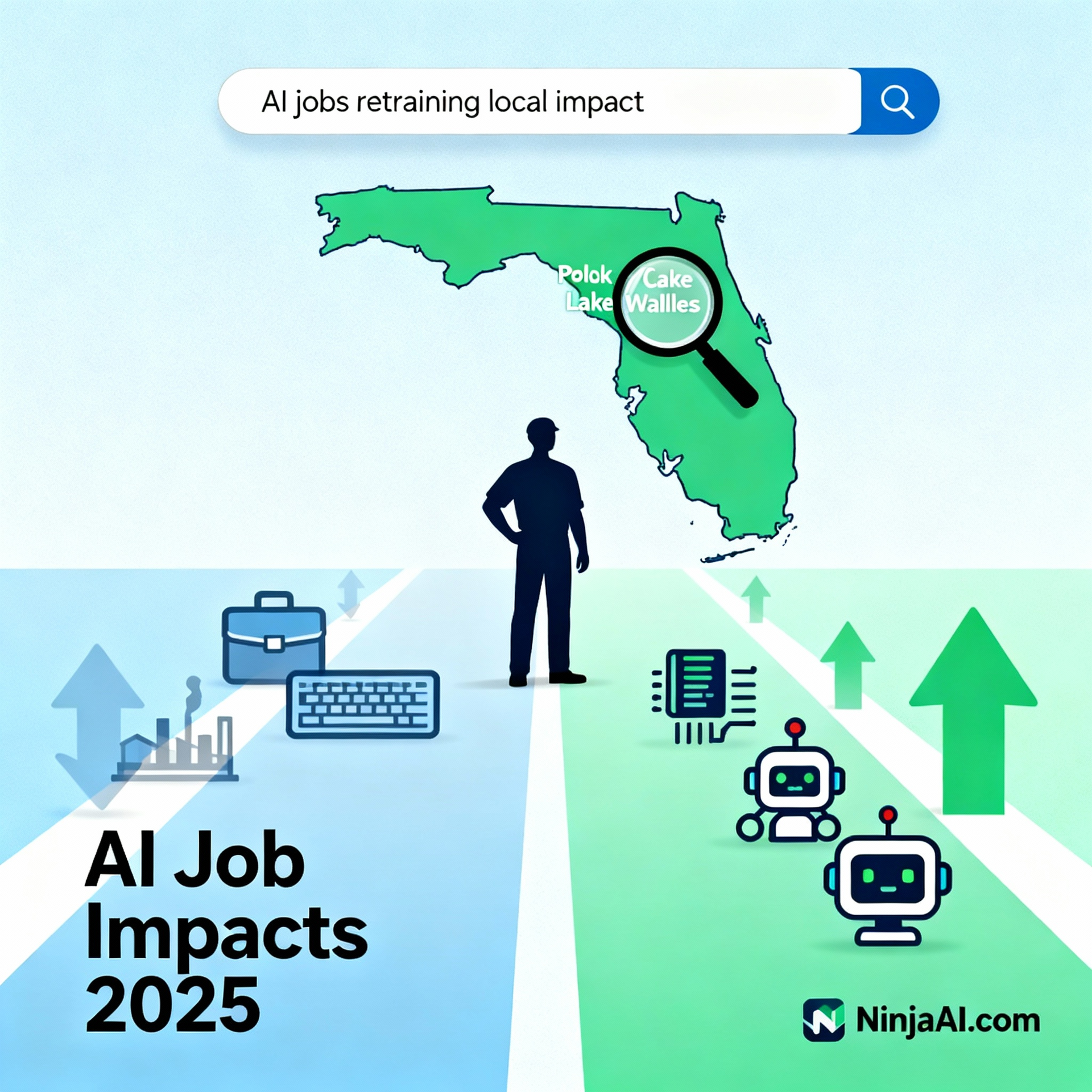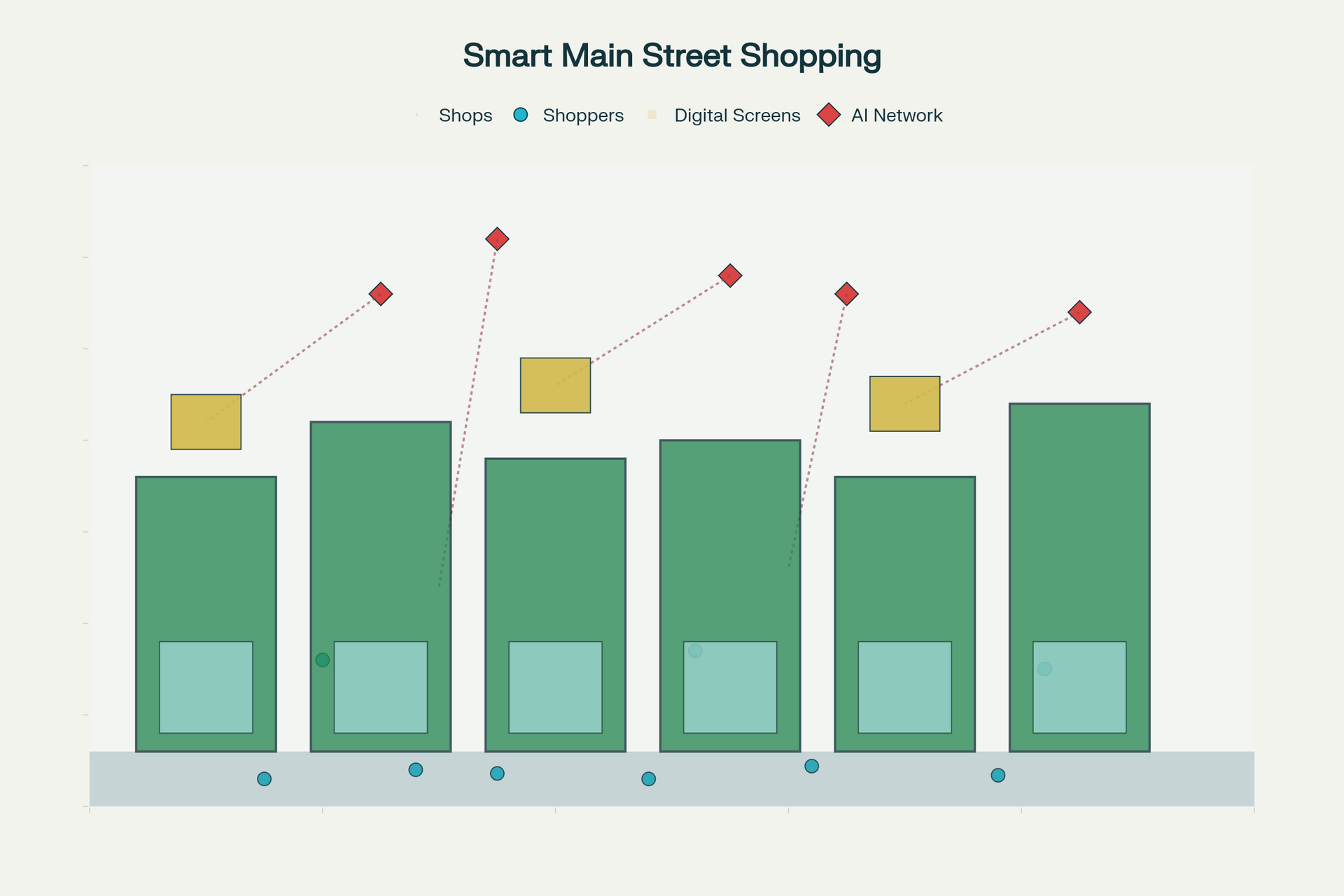Code Visibility: The Secret to Building Faster and Smarter
Harder, Better, Faster, Stronger
When a developer joins a new project, the first question isn’t “What does this app do?”
It’s “Where the hell is everything?”
You’ve got a thousand files, endless functions, and no clue which part controls what. The time you spend figuring out the map of the codebase is time not spent improving it.
That’s the problem code visibility solves.
TL;DR
Code visibility means having a clear, living map of your entire codebase — what connects to what, who owns each part, and how every piece impacts the others. It makes your team faster, your code safer, and your company smarter.
Why Code Visibility Is the Hidden Growth Lever Nobody Talks About
When you think about growth, you probably focus on product-market fit, funnels, or features. But beneath all that is one massive bottleneck — your developers’ cognitive load.
If your team spends half their time tracing functions across repos or reverse-engineering someone else’s logic, you’re burning money.
Here’s what happens when you get visibility right:
Speed skyrockets. New devs onboard in days, not weeks.
Risk plummets. Refactors stop breaking hidden dependencies.
Focus returns. People spend time building, not searching.
Culture shifts. The whole team owns the product — not just the “old guard.”
Visibility isn’t just about code. It’s about clarity.
The Cost of Invisible Code
Every time a developer says, “I’m not sure where that lives,” your product slows down.
In a startup or agency setting (like an AI SEO firm or SaaS platform), this compounds quickly:
Bugs hide longer because nobody knows the upstream dependencies.
New hires ship slower because they can’t see how systems connect.
Refactors get avoided because they’re seen as “too risky.”
The invisible codebase becomes a silent tax on your growth.
If you’re running multiple products, microservices, or AI-driven modules, that tax becomes crushing.
Visibility Means Velocity
Companies like Google, Netflix, and Shopify have internal tools that make codebases visual — like interactive dependency maps and ownership dashboards.
You don’t need their resources to start doing the same thing.
You just need a map.
A visual, evolving map of your architecture, your dependencies, and your ownership structure.
When you can see how your code flows, you can:
Ship features faster
Spot duplication instantly
Detect performance bottlenecks
Onboard new developers with confidence
Code visibility is developer productivity at scale.
The Four Rules of Code Visibility
1. Map Your Terrain
Start by visualizing your system. Tools like CodeSee, Sourcegraph, or even open-source dependency mappers can auto-generate flow diagrams.
Your goal: know where every function, service, and module lives — and what talks to what.
Think of it as a GPS for your codebase. Without it, you’re driving blind.
2. Document the “Why,” Not Just the “What”
Every module should have context:
Why it exists
Who owns it
What depends on it
Known risks or caveats
This isn’t traditional documentation — it’s intent visibility.
Future devs don’t need every line explained. They need the reasoning behind design choices.
3. Keep the Map Alive
Static documentation is dead documentation.
Integrate visibility into your workflow. Make it part of your pull request process, your onboarding kit, and your refactor planning.
Your map should update automatically as the code evolves. Tools can sync with your version control to keep diagrams and dependency data live.
4. Measure It Like a KPI
Ask:
How long does it take for a new dev to ship code?
How many incidents are caused by hidden dependencies?
How often is documentation updated after a major refactor?
Visibility should be a performance metric, not an afterthought.
The clearer your system, the faster your business.
The Invisible Code Tax (and How to Eliminate It)
Let’s get real. You’re already paying for invisibility — you just don’t realize it.
Every confused developer. Every broken dependency. Every “I’ll just rewrite it” decision.
That’s all time and money lost.
By investing in visibility, you’re not adding overhead — you’re removing friction. You’re creating a compounding effect where every line of code adds value, not confusion.
For Teams Like NinjaAI (and Every Fast-Moving Startup)
If you’re building across multiple stacks — say React front-ends, AI modules, Python APIs, and microservices — visibility isn’t optional. It’s survival.
Your team needs to:
Instantly locate bottlenecks
Understand data flow between AI and SEO modules
Identify ownership gaps
Update systems without breaking the ecosystem
With strong visibility, you can confidently scale your architecture, your team, and your roadmap — all at once.
The Takeaway
Code visibility isn’t sexy. It’s not a buzzword.
But it’s the foundation of every high-velocity dev team in the world.
Because when your codebase is visible, your team moves faster, breaks less, and innovates more.
If you want speed, stability, and scale — don’t just build features.
Build visibility.
Jason Wade — Founder, NinjaAI | GEO Pioneer | AI Main Streets Visionary
Jason is also the founder of HypedSEO.com and serves as Director of the AI Main Streets Initiative—a national effort helping small and mid-sized businesses harness artificial intelligence to compete and thrive in the new digital economy. With over two decades at the intersection of technology, marketing, and customer success, Jason has dedicated his career to merging human creativity with machine intelligence, enabling business owners to grow smarter, faster, and more sustainably.
Through NinjaAI, Jason leads a Florida-based powerhouse in AI-driven SEO, GEO optimization, and generative automation—helping brands achieve measurable visibility across search engines, AI platforms, and voice ecosystems. His work through HypedSEO complements this with bold, viral marketing systems that amplify brand authority and dominate emerging search landscapes.
As the driving force behind AI Main Streets, Jason champions the belief that every business—whether a local law firm, med spa, or construction company—deserves access to enterprise-grade AI. His mission: to ensure AI doesn’t replace people, but empowers them to rise, innovate, and win on Main Street and beyond.









